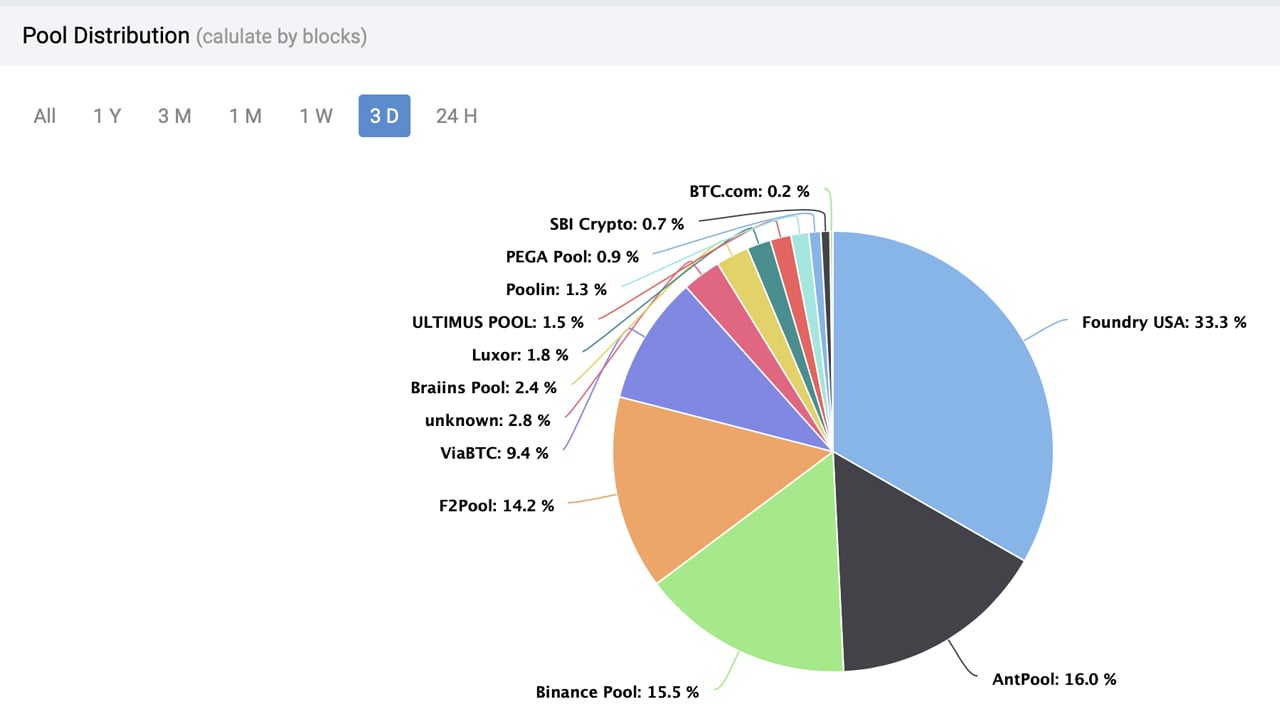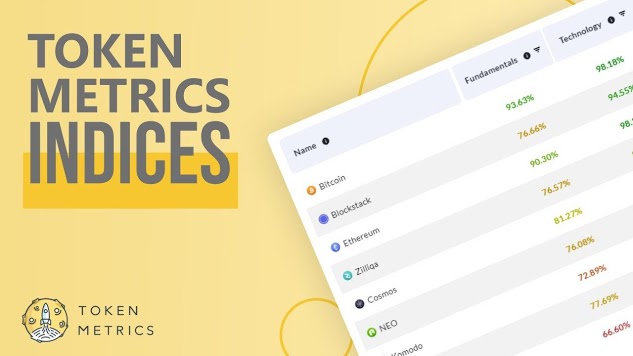
Bitcoin’s difficulty decreased 0.49% on Feb. 12, 2023, following a sustained all-time high of 39.35 trillion over the previous two weeks (2,016 blocks). The decrease in difficulty offers a brief respite for bitcoin miners, after the network recorded a 14.94% increase in the last month.
Bitcoin Difficulty Drops 0.49% Lower; Top Five Mining Pools Continue to Command Majority of Global Hashrate
At the time of writing, Bitcoin’s hashrate is coasting along at 289.14 exahash per second (EH/s) after a 0.49% decrease in difficulty at block height 776,160. The network difficulty has been operating at approximately 39,350,942,467,772 hashes for the past 2,016 blocks, or two weeks. With the recent 0.49% decrease in difficulty, the network’s difficulty will now be set at 39.16 trillion hashes for the next two weeks.

Since the latest difficulty change, block times — the intervals between mined blocks — have been 10 minutes, 7 seconds to roughly 11 minutes, 14 seconds in length. Bitcoin’s next difficulty retarget is scheduled for around Feb. 26, 2023. The average hashrate over the last 2,016 blocks was approximately 280.6 exahash per second (EH/s), and the average block time for those blocks was 10 minutes, 2 seconds.
During the past three days, Foundry USA has been the top mining pool with 33.26% of the global hashrate, or approximately 95.89 exahash per second (EH/s) of hashpower. Foundry is followed by Antpool with 15.97% of the global hashrate and Binance Pool with 15.54% of computational power. F2pool (14.22%) and Viabtc (9.41%) are next, respectively. There are approximately 12 known mining pools today, and the top five control 88.4% of the global hashrate.

According to macromicro.me statistics, the cost of producing bitcoin (BTC) remains higher than its current spot market value. Macromicro.me calculates its estimates based on data on electricity consumption and daily bitcoin issuance provided by Cambridge University. Currently, the average cost of mining a single bitcoin is around $24,119, while its spot market value is approximately $21,901 per unit.
What impact will the recent decrease in difficulty have on the future of Bitcoin mining and the distribution of hashpower among mining pools over the next two weeks? Share your thoughts in the comments below.
Image Credits: Shutterstock, Pixabay, Wiki Commons
Disclaimer: This article is for informational purposes only. It is not a direct offer or solicitation of an offer to buy or sell, or a recommendation or endorsement of any products, services, or companies. Bitcoin.com does not provide investment, tax, legal, or accounting advice. Neither the company nor the author is responsible, directly or indirectly, for any damage or loss caused or alleged to be caused by or in connection with the use of or reliance on any content, goods or services mentioned in this article.





Be the first to comment